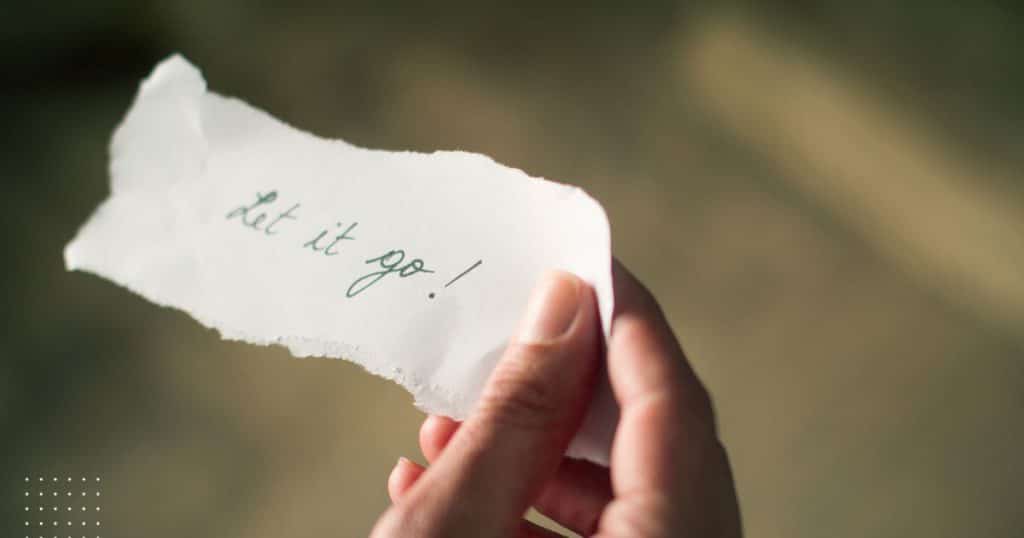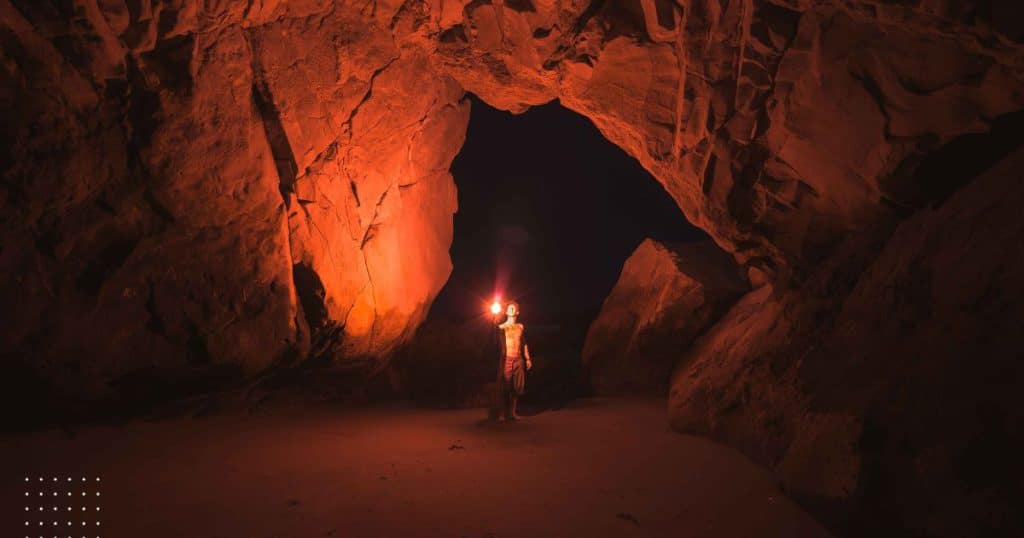Most of our problems come from our past and future, but we experience them all in the present. Let’s look first at the future.
As much as we want to believe, we can’t escape three things in life: pain, uncertainty, and constant effort. If you look at your past, you experienced those three things over and over again. And, sorry to say, but it’s not over yet! I know it doesn’t sound very optimistic.
We love what is familiar and certain and absolutely hate what we can’t predict. It is just the nature of the human mind. Our mind constantly creates meaning, finding cause and effect for everything, so we feel like we stay in control. But in reality, we can’t control much. The only things we really control are our actions and our thoughts (well, not always!).
People try to create a sense of security and certainty (follow the norms, do like everybody else) because it makes them feel like they can predict the future (knowing where they’ll live, the job they’ll have, etc.). Predicting the future makes us feel safe. But that’s just an illusion.
The unpredictability of life
Our world is constantly changing with new technologies emerging, climate change affecting our planet, stock markets fluctuating, recessions occurring, government bodies implementing sudden restrictive rules, wars breaking out, banks crashing, etc.
I mean, what is certain in your life?
Not your job. Not the worth of your savings. Not even waking up again tomorrow…
We fear future pain, so when faced with uncertainty, people may try to control situations as a way to create a sense of predictability and stability in their lives. The problem is not the unpredictability of life; it is the future-oriented fear response we create based on our negative past experiences.
Control can provide a false sense of security. People might believe that, by having control, they can prevent negative outcomes or protect themselves from potential harm. But it is a fantasy; you will never get rid of pain, uncertainty, and constant effort.
Can you list at least five things you try to control at the moment?
OK, Who is a control freak? I sure am.
Here is what I can control:
- My thoughts
- My words
- My behaviors
- My actions
Here is what I cannot control:
I can influence some things, but the outcome is out of my control. Accepting the unpredictability of life brings a sense of freedom. Do you agree?
So why do you keep trying to control things out of your control zone?
Why do we try to control things?
We tend to over-control as a coping mechanism because it provides a distraction from deeper emotional issues. Or it might come from past experiences; we try to control future situations to avoid similar pain.
True happiness is not when you have no problems anymore but when you enjoy solving them because you choose them carefully. Look at mountaineering, for example; people find joy in the pain, the uncertainty of surviving, and the tremendous effort it takes to summit a mountain. The same goes for everything: learning a language, being in a romantic relationship, playing an instrument, etc. Your level of happiness in life is directly correlated with how much you enjoy the process. And the process I am talking about here, is life.
I keep challenging my clients about the goals they are pursuing to make sure that they enjoy “getting there” even more than “being there.” So, if you create a life aligned with your higher self, where you hold yourself to your highest standard and fully express your creativity and uniqueness, it is all worth it. If you are living out of alignment, of course, your problems feel like a terrible burden.
You can only change the context in which you experience your problems. They will fundamentally stay the same, no matter what; you can’t completely remove them from your life.
So work on creating more alignment and then decide to trust life to give you precisely what you need, even though it is not always what you want.
Accepting what is
My idea of the future completely collapsed a few years ago. I always wanted to be a father; it was always part of who I would be. But after five years of struggling with unexplained infertility, we had to make peace with the fact that this reality will most likely never happen. It was devastating; it affected our relationship, and we struggled individually and together.
Our identity was rewritten, and we had to find meaning in it. I didn’t lose anything, and nobody died, but I lost an idea of self, a desire, a dream. And I had to grieve that part of me that would never exist. I had to let go and accept a different future.
Our reality is determined mainly by what we choose to focus on. And there is always a choice. My wife and I choose to make the most of what we have. That doesn’t take the pain away, but feeling miserable and sorry for ourselves certainly would not make our lives better anyway.
As a nomad for the past seven years, my life is nothing more than a journey of uncertainty and discovery. I don’t know where I’ll be a month from now; with each new country, I need to find out where I’ll stay, what food will be available, make new friends, adapt to another culture, etc. And to add to the mix, being an entrepreneur: it’s like constantly riding the roller coaster of uncertainty! Here is what I realized: We all have an incredible ability to figure things out.
How we navigate uncertainty and unpredictability solely depends on how we think. I believe I’ll always find a way, and guess what? I always did.
What belief do you have about yourself when navigating the unknown? Life is a journey in the unknown! As much as we try to create a sense of control, the only thing we truly control is our reaction to what life throws at us. Whatever you are going through, you are just one thought away to navigate it with grace.










